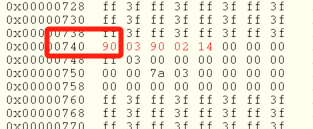When the ADC was interrupted and did not work properly, I tried to reset the watchdog, but the ADC still did not work after reset
-
Ask a related question
What is a related question?A related question is a question created from another question. When the related question is created, it will be automatically linked to the original question.



